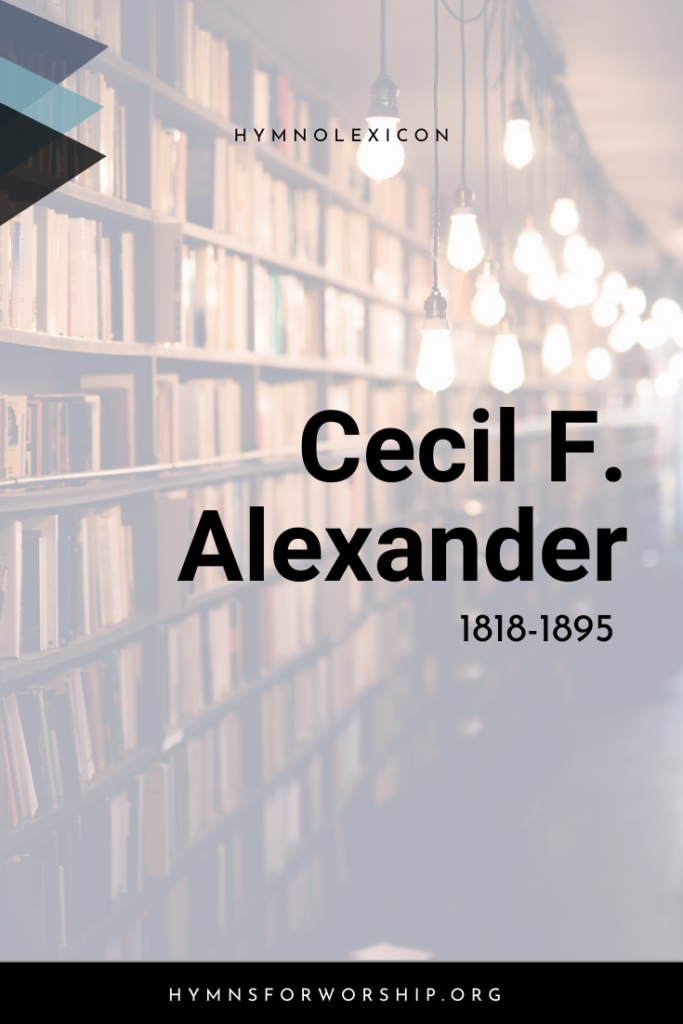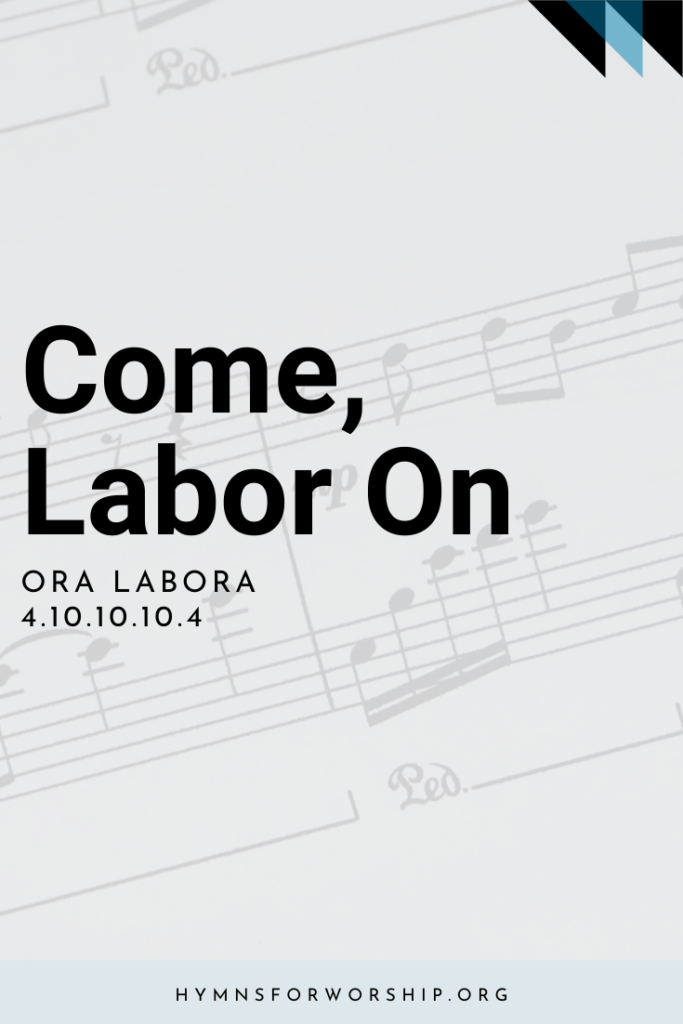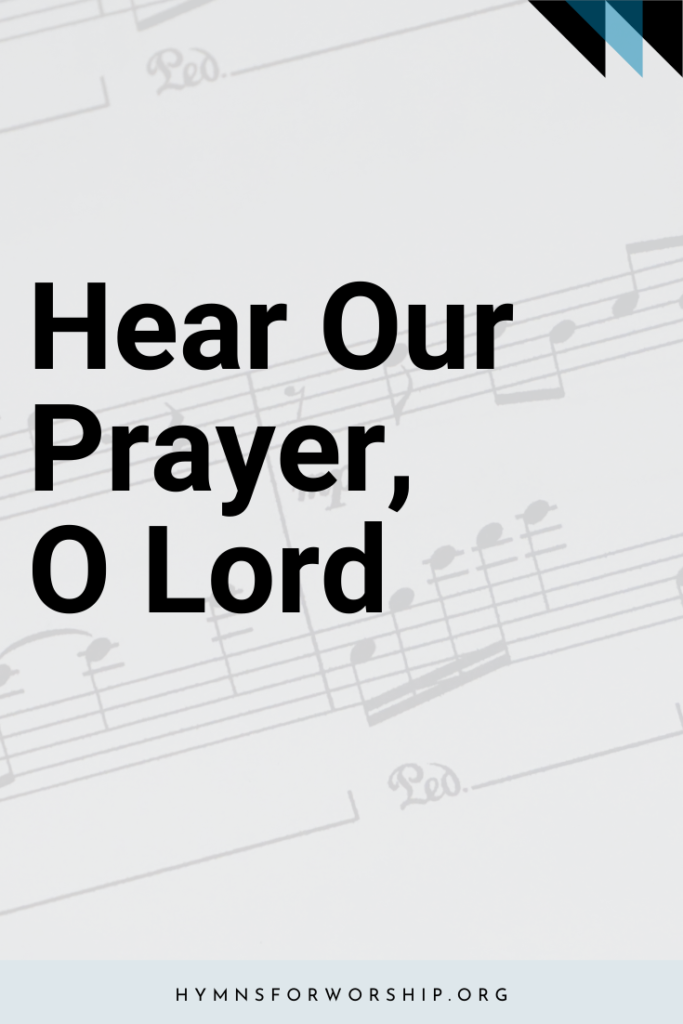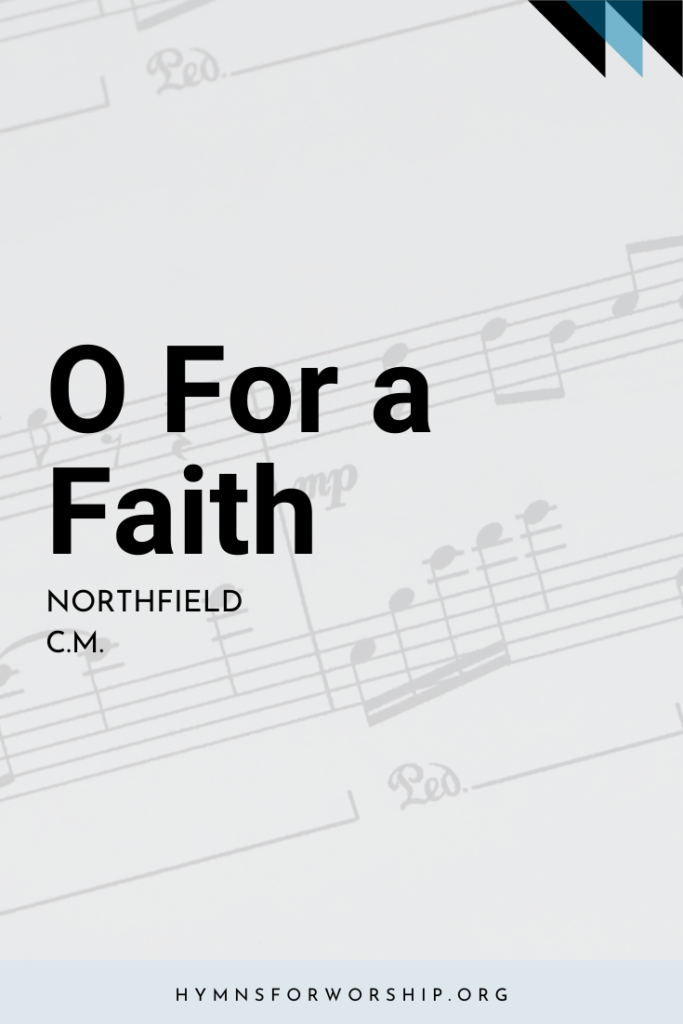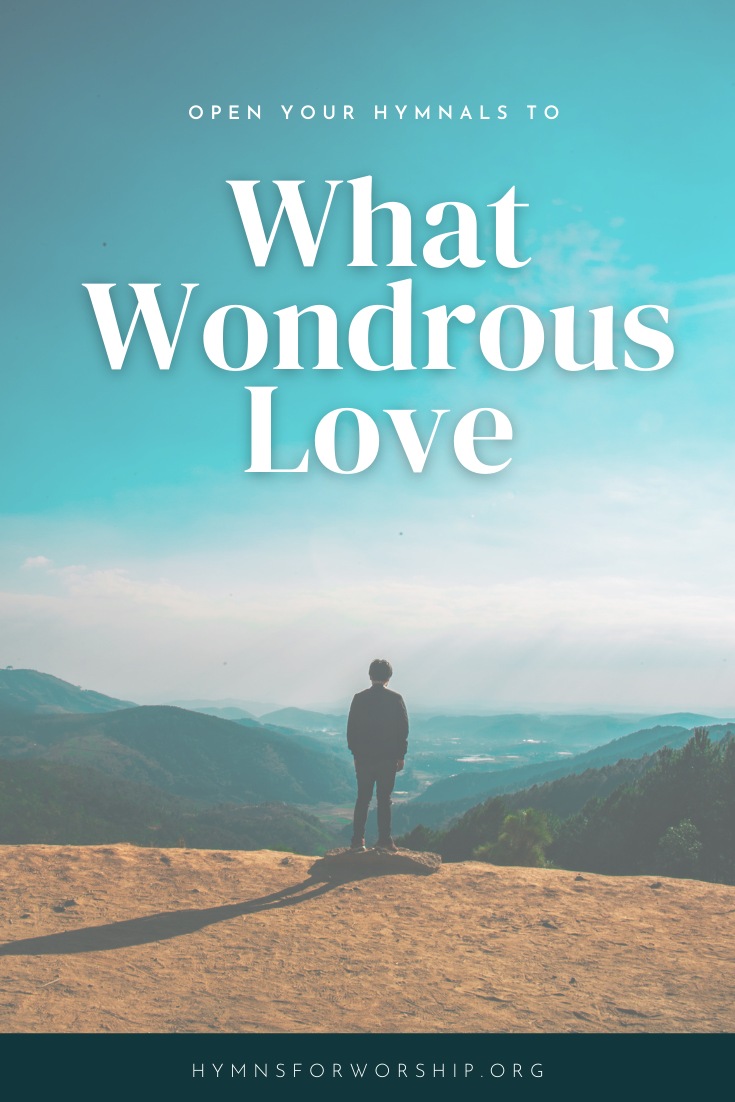
Back in 1981, several hymn societies gathered together in St. Catherine’s College in Oxford for their annual meeting. The chairmen of these societies were asked to “choose hymns that reflected the congregational song of their region of the world.” Carlton Young, then President of the American Society, chose four hymns to represent the diversity of the United States, the first of which was ‘What wondrous love is this’. According to him, these hymns are the “representative choice of American 19th-century folk hymnody.”
Why would this hymn lend itself to represent such a vast and diverse country as the United States?
Origins of the text and tune
The text first appeared in many American songbook collections since 1811. Its tune — which certainly carries American folk elements, has been included in shape-note hymn books, and attracted many hymnal editors to include it in hymnals since 1956.
It first appeared in two collections — General Selection of the Newest and Most Admired Hymns and Spiritual Songs Now in Use (second enlarged edition) by Stith Mead. Another hymnal where it appeared was in Hymns and Spiritual Songs, Original and Selected by Starke Dupuy.
C Michael Hawn, Distinguished Professor Emeritus of Church Music at Perkins School of Theology suggests that “The fact that one was published in Virginia by a Methodist and one in Kentucky by a Baptist suggests several things: the text was in wide use throughout the southeastern United States across denominational lines, and this hymn had been sung for some time, probably for decades or longer, before its publication.”
Who really wrote the lyrics?
Several years later, 1848 to be exact, William Hauser included it in his hymn compilation called Hesperian Harp where for the first time it gave authorship to Alexander Means, a Methodist minister as the lyricist.
The unusual meter, 6.6.6.3.6.6.6.6.6.3., is also nicknamed as the ‘Captain Kidd’ meter because it refers to an English song which also uses the same poetic meter. ‘The Ballad of Captain Kidd’ is a song that describes the exploits of a pirate William Kidd and was executed in England in 1701. Note that the tune of Captain Kidd and Wondrous Love are two very different things, but only in the meter do we find its similarity.
This may be an unusual poetic meter but it is not as unique as it looks. According to Porter and Garst in an article written in The Hymn October October 1979, there are about 19 tunes in the 18th- and early 19th-century American tune books that are in this meter. All sacred hymn texts. In fact, this type of meter actually goes way back to 1549 with secular texts, and in 1567 with sacred text.
Learn this hymn now
Check out lyrics, recommended arrangements, piano accompaniment for congregational use, and many more!
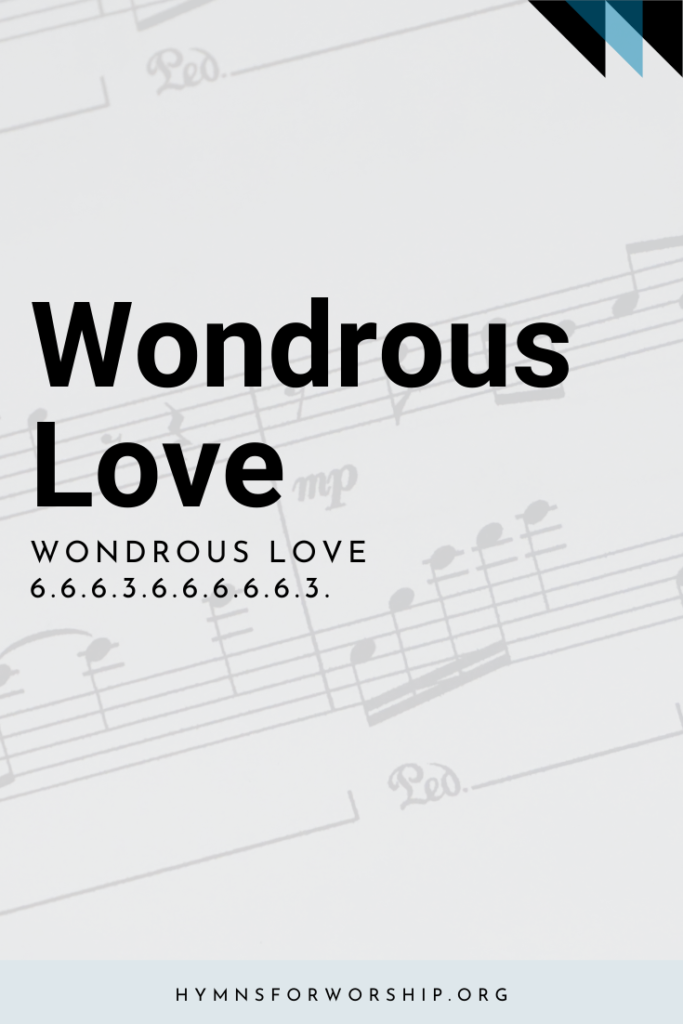
What about its hauntingly beautiful tune?
While the text of Wondrous Love has meter that many poets embraced and used, its beautiful haunting melody in Dorian mode is one of the best known American folk tune. Like all true folk music, the origins of the music remains unknown.
The first printed appearance of this hymn which included both text and tune is in William Walker’s The Southern Harmony, 1843 edition. The hymn appears in three parts, melody on tenor, with the first stanza only. The fact that it was in a southern hymnal, it would be safe to say that the hymnal “put this song on the lips of many singers in the antebellum south” (CMH).

Furthermore, CMH writes, “While most of the shaped-note tunes have an AABA form, the melody of WONDROUS LOVE is composed in a symmetrical ABA form, originally in three-part version, natural minor (hexatonic) with a Dorian mode flavor. Some say that it is pentatonic with only two appearances of the sixth degree of the scale. George Pullen Jackson asserted that he ‘heard the country folk sing this tune with the Dorian raised sixth’ (Hughes, 1980, p. 266).”

CMH continues, “Carlton R. Young, attending a Sacred Harp sing in Loretto, Tennessee in 1960, noted a similar performance practice. When he discussed this discrepancy with an elder of the singing school, he responded smiling, ‘We don’t always sing them as written’ (Young, 1993, p. 691).”
Both text and this tune fit together so well that later tune books included this popular favorite. The tune is considered as something that embodied the “American musical spirit…because they are immediate in their appeal and singable.”
The message of ‘Wondrous Love’
The hymn starts out with a rhetorical question about God’s love. What kind of love it is that would make Jesus bear the dreadful curse? This curse of course is the curse of the law that Paul wrote about in Galatians 3:13 — “Christ hath redeemed us from the curse of the law, being made a curse for us: for it is written, Cursed is every one that hangs on a tree.”
This rhetorical question is reminiscent of Charles Wesley’s ‘And Can It Be?’ At a loss for words to express God’s love, the author just asks the obvious question — representing a feeling awe and profundity. And who can describe it?
A favorite author aptly describes this speechlessness:
The hymn starts out with a rhetorical question about God’s love. What kind of love it is that would make Jesus bear the dreadful curse? This curse of course is the curse of the law that Paul wrote about in Galatians 3:13 — “Christ hath redeemed us from the curse of the law, being made a curse for us: for it is written, Cursed is every one that hangs on a tree.”
This rhetorical question is reminiscent of Charles Wesley’s ‘And Can It Be?’ At a loss for words to express God’s love, the author just asks the obvious question — representing a feeling awe and profundity. And who can describe it?
A favorite author aptly describes this speechlessness:
“I am lost in amazement. Carried away with the surpassing splendor and excellent glory, I lay down the pen and exclaim, “Oh, what love! what wondrous love!” The most exalted language fails to describe the glory of heaven or the matchless depths of a Saviour’s love.”
— Ellen White –
Even the repetition is intentional. “What wondrous love” is sung three times, not because the poet is weak and has a narrow range of expression, but because it comes from someone who has profoundly experienced the sacrificial love of Christ and wants to express it again and again. This repetition is far from being trivial and trite. In fact, it gains strength and power that being borne from the heart of the sincere worshipper.
Other phrases are also repeated, such as “O my soul” or “I’ll sing on.” In fact, the entirety of the hymn plays around repetition of key phrases.
Variations, adaptation and covers
Wondrous Love: Variations on a Shape Note Hymn (Op. 34), a work for organ by American composer Samuel Barber (1958)
American Hymnsong Suite: 1. Prelude on Wondrous Love, for concert band by another American composer Dwayne Milburn (2003)
Related Resources
Ellen Jane Porter and John F. Garst. “More Tunes in The Captain Kidd Meter” The Hymn: A Journal of Congregational Song, October 1979. The Hymn Society of America, accessed April 17, 2021,
C. Michael Hawn. “What wondrous love is this.” The Canterbury Dictionary of Hymnology. Canterbury Press, accessed April 17, 2021,

